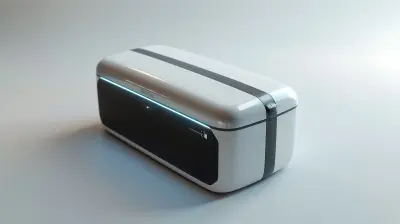How to Choose the Perfect Lens for Portraits
3 October 2025
Let’s face it—when it comes to taking stunning portraits, your camera is only half the equation. The real magic? That’s in the lens. Whether you're capturing soul-soaked close-ups or dreamy environmental portraits, the lens you use will define your style, your vibe, your whole visual signature. But how do you actually pick the perfect lens for portraits? If you’ve ever stood in a camera store or browsed online listings feeling overwhelmed by numbers like 50mm, 85mm, f/1.4, and all that jazz, you’re definitely not alone.
This guide is going to break it all down—crisply and conversationally—so you can choose the right portrait lens with confidence. Ready? Let’s dive into the world of portrait lenses and find that perfect glass.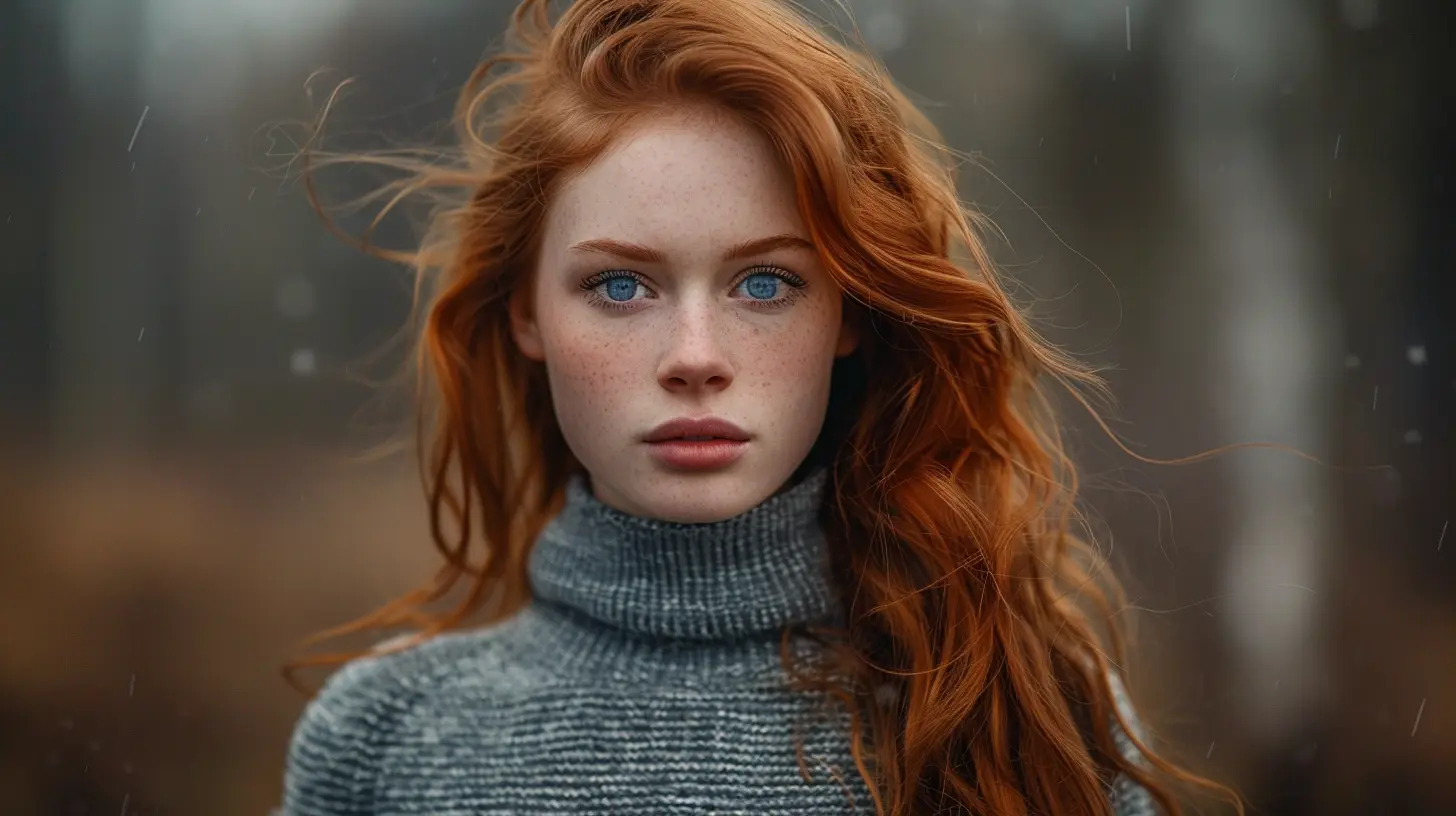
What Makes a Lens Great for Portraits?
Alright, let’s strip it down: what exactly makes a lens portrait-worthy?When shooting portraits, we're trying to highlight the subject—usually a person—and make them look their best. That means sharp focus where it counts (like the eyes), beautiful background blur (bokeh, baby!), and minimal distractions.
Here's what really matters:
- Focal length – How "zoomed in" the lens is, which affects compression and perspective.
- Aperture – Determines how much light the lens lets in and how shallow the depth of field is.
- Image quality – Things like color, sharpness, and contrast play a big role.
- Autofocus performance – Because your subject’s eyes need to be tack-sharp.
Seems easy enough, right? Well, here’s where it gets juicy.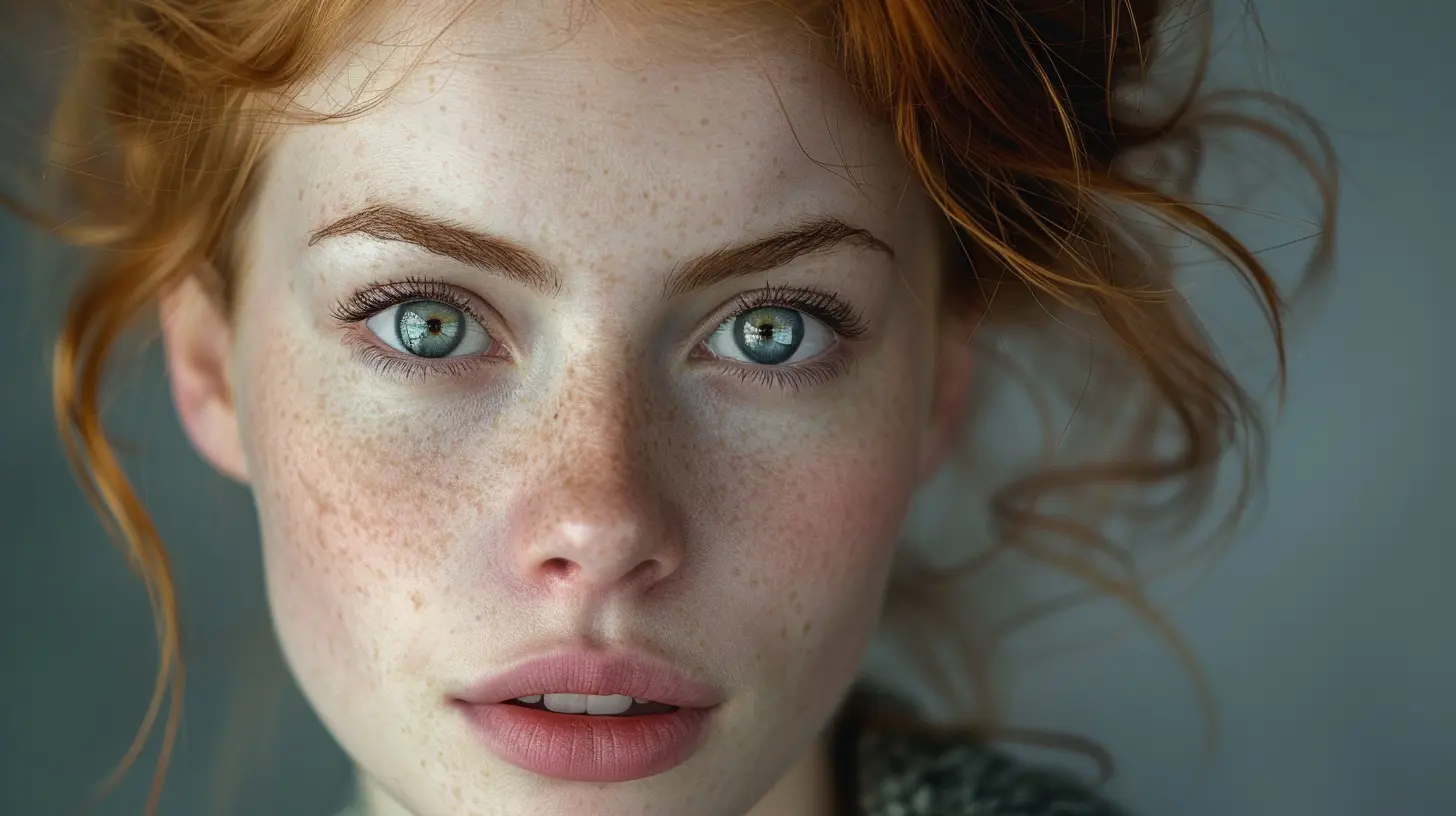
Understanding Focal Lengths: Zoom vs Prime
You’ve probably heard things like “85mm is the king of portraits” or “50mm is the nifty fifty.” But what does that even mean?Prime Lenses
These are fixed focal length lenses. Think 35mm, 50mm, 85mm, etc. They don’t zoom—you move your feet instead. But the tradeoff? They’re usually sharper, faster (wider apertures), and lighter.Zoom Lenses
These cover a range, like 24-70mm or 70-200mm. They’re versatile and perfect if you shoot multiple styles or need flexibility. The downside? They’re usually heavier and not always as fast (in terms of aperture).So which is better for portraits?
If you crave maximum image quality and love that creamy background blur, go prime. If you want flexibility and fewer lens swaps, grab a good zoom.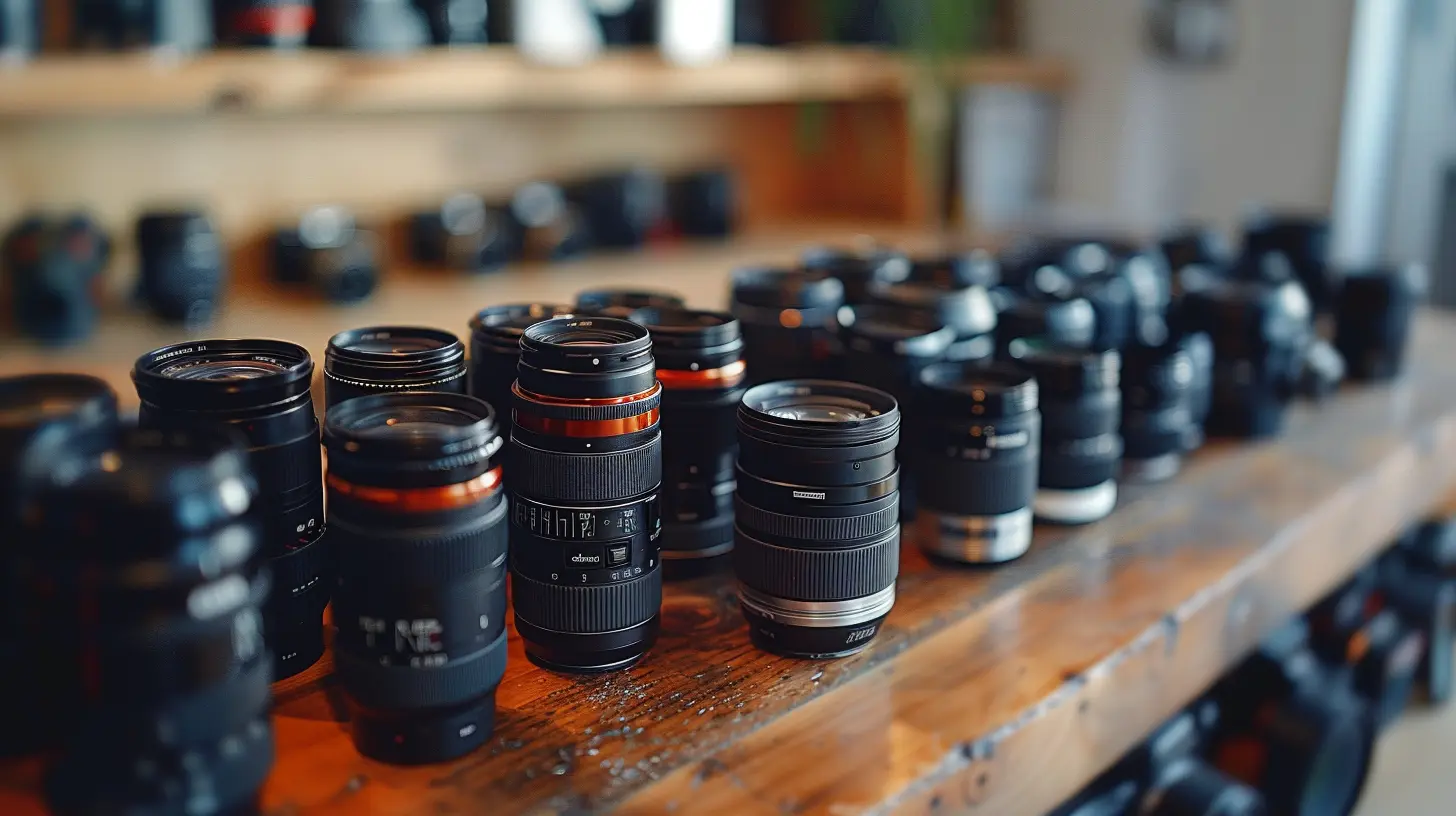
The Best Focal Lengths for Portraits
Let’s break it down by focal length. Depending on your subject, location, and even the mood you’re after, each one offers something different.35mm – For Environmental Portraits
Ah, the 35mm—a favorite among street and lifestyle photographers. This lens gives you more context. You see more of the environment, which gives stories depth and personality.But be careful. If you’re too close, facial features can get a bit distorted. Save this for full-body or half-body shots, especially when you want to show a person within a space.
Ideal for: Environmental shots, storytelling, lifestyle portraits.
50mm – The All-Rounder
This one’s often called the “nifty fifty” for a reason. It’s a super versatile lens that replicates roughly what the human eye sees. It’s wide enough for full-body shots and tight enough for upper-body or even headshots.It’s also great if you’re just getting into portraits. Affordable, lightweight, and with plenty of options at f/1.8 or even f/1.4.
Ideal for: Beginners, everyday portraits, general use.
85mm – The Portrait King
Ask any pro photographer, and they’ll probably preach the gospel of the 85mm. This lens offers incredible subject isolation, just the right amount of background compression, and flattering perspective. It's the sweet spot.Even at f/1.8 or f/1.4, you’ll get that delicious bokeh that makes your subject pop while melting the background into creamy goodness.
Ideal for: Headshots, half-body shots, studio and outdoor portraits.
105mm and Beyond – The Telephoto Treat
Want to really flatten your background and give your subject a super-crisp pop? Welcome to the longer focal lengths. The 105mm, 135mm, or 200mm range gives you insane compression. Features look natural and flattering, and distractions vanish.But these lenses are often bigger, heavier, and not so ideal in tight spaces. Still, for outdoor or studio setups? Gold.
Ideal for: Professional headshots, fashion, beauty, studio photography.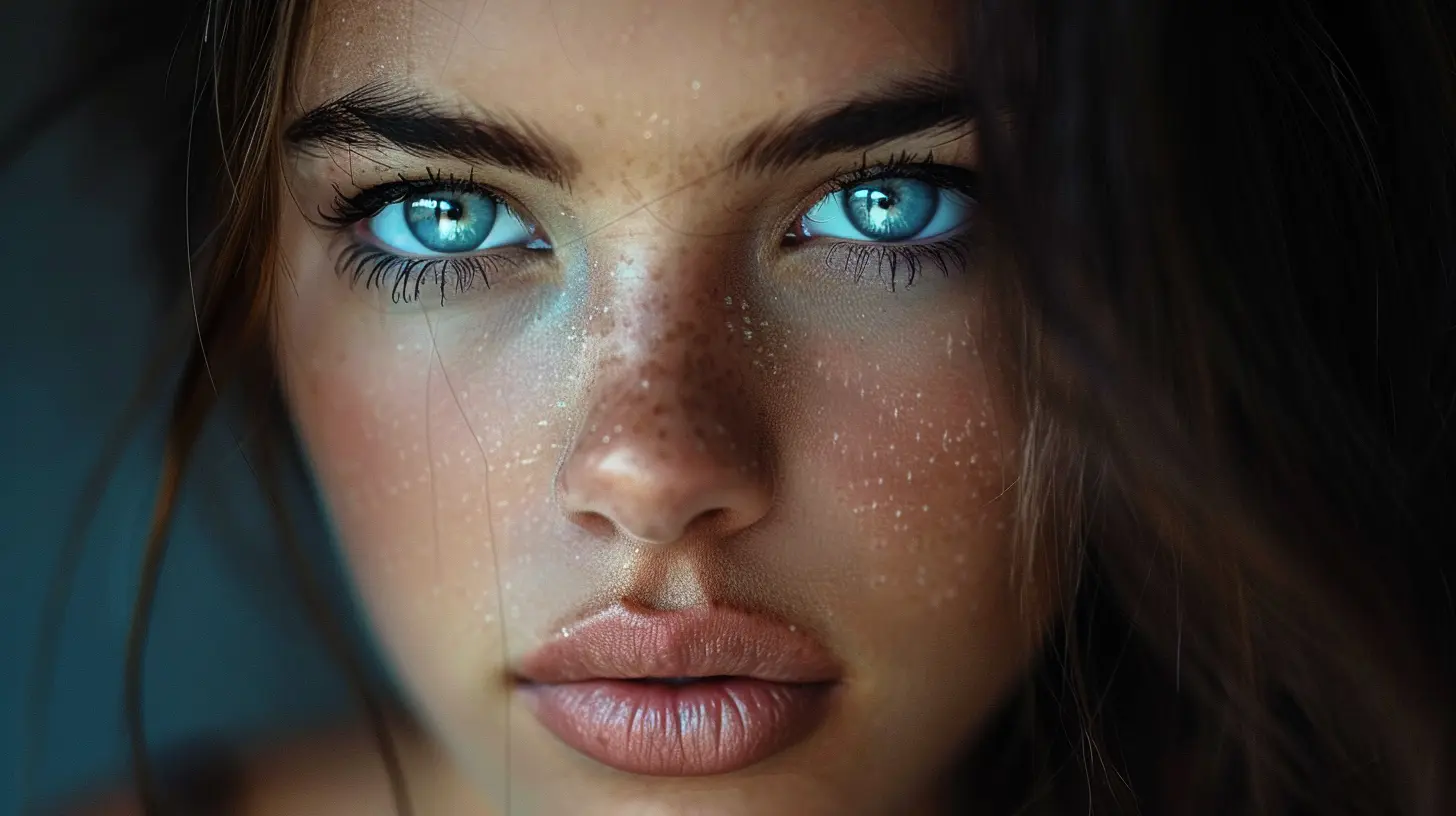
Aperture: Why That f/1.8 or f/1.4 Actually Matters
Let’s geek out for a moment. Aperture—marked as f/1.4, f/2, f/2.8, etc.—controls how wide your lens opens to let in light. A wide aperture (like f/1.4 or f/1.8) gives you a shallow depth of field—meaning only a small part of the image is in focus, and everything else gets beautifully blurred.That’s portrait gold.
But there’s a learning curve. At f/1.4, your depth of field is razor-thin. Slightly miss focus, and the eyes might be perfect, but the nose and ears go soft.
Pro tip: f/2.2 to f/2.8 is often a great sweet spot—sharp enough, still dreamy.
Sensor Size and Crop Factor: Why It Matters
Let’s say you picked up a 50mm lens. On a full-frame camera, that’s 50mm. But on an APS-C crop-sensor camera? Thanks to the crop factor (usually 1.5x or 1.6x), it behaves more like a 75mm or 80mm in terms of field of view.Moral of the story? Know your sensor size.
If you're shooting on a crop sensor and love that 85mm “look,” a 50mm lens might be your match made in heaven. For full-frame shooters chasing compression and creamy bokeh, go true 85mm or 105mm.
Bokeh: The Secret Sauce
Let’s talk about bokeh—the way a lens renders out-of-focus areas. Some lenses just paint it smoother and creamier than others. That dreamy, blurry background? That’s your bokeh talking.And not all bokeh is created equal. Some lenses give distracting, edgy-looking blur. Others? They give you background butter.
Look for lenses known for "pleasing" bokeh—often primes with wide apertures and rounded diaphragm blades.
Autofocus and Image Stabilization
Now, portrait photography isn’t always slow-paced. Kids wiggle. People blink. Moments pass fast.That’s where good autofocus steps in. You want fast, accurate, and eye-tracking if possible.
Also, if you’re shooting at slower shutter speeds or with longer lenses (like 85mm+), image stabilization helps reduce blur from shaky hands—especially in low light.
Bonus if your lens supports both!
Budget vs Quality: What Should You Prioritize?
Alright, real talk. Not all of us can drop $2,000 on a lens. But the good news? You don’t need to.There are incredible budget-friendly portrait lenses out there. Here are a few safe bets:
- Canon 50mm f/1.8 STM – Lightweight, super affordable, shockingly good.
- Nikon 85mm f/1.8G – Pro-tier quality at a mid-range price.
- Sony 50mm f/1.8 – Great for beginners, solid bokeh.
- Sigma 85mm f/1.4 Art – If you want pro results without the camera brand price tag.
Start where you can. Photography isn’t about owning gear; it’s about using it well.
Choosing Based on Style and Story
Think about your style. Are you into moody, cinematic portraits? Or do you lean bright and airy?Your lens will directly influence your aesthetic.
For dreamy, soft vibes? Go wide aperture. For crisp, editorial looks? Try something sharp at f/2.8. For storytelling? Maybe a 35mm or 50mm to include more context.
Your lens is your paintbrush. Choose the one that lets you paint the way you see the world.
Some Last Quick Tips
Just a few rapid-fire nuggets before we wrap things up:- Try before you buy. If you can rent or borrow a lens first, do it.
- Used gear is your friend. Great deals, especially on older primes.
- Understand your camera mount. Not all lenses fit all bodies—check compatibility.
- Get to know your lens. Shoot in different lighting, distances, and compositions.
- Practice focus techniques. Use single-point or eye autofocus to nail sharpness.
Final Thoughts
Choosing the perfect lens for portraits isn’t just a tech decision—it’s an artistic one. You’re picking the tool that tells your stories, highlights your subjects, and reflects your perspective.Start with what you can afford, experiment with focal lengths, and find what feels right. There’s no one-size-fits-all answer. You’ll develop your taste over time, and your lens choices will grow with you.
At the end of the day, don’t chase perfection—chase the connection. That’s what makes a portrait truly unforgettable.
all images in this post were generated using AI tools
Category:
Camera GearAuthor:

Kira Sanders
Discussion
rate this article
1 comments
Rayna Stone
Great tips! Consider factors like focal length, aperture, and distortion to find the best lens for flattering portrait photography.
October 5, 2025 at 1:08 PM

Kira Sanders
Thank you! Those factors are indeed crucial for achieving beautiful portrait results!

